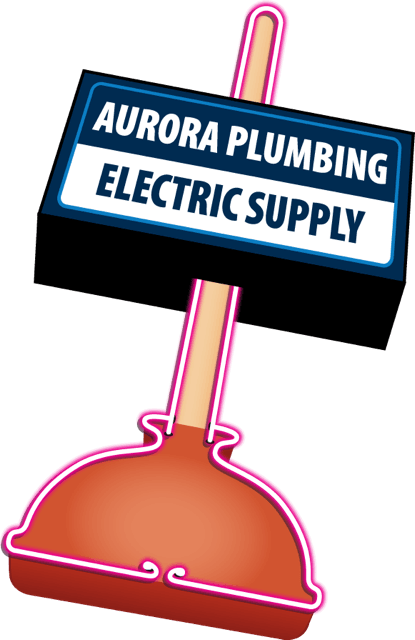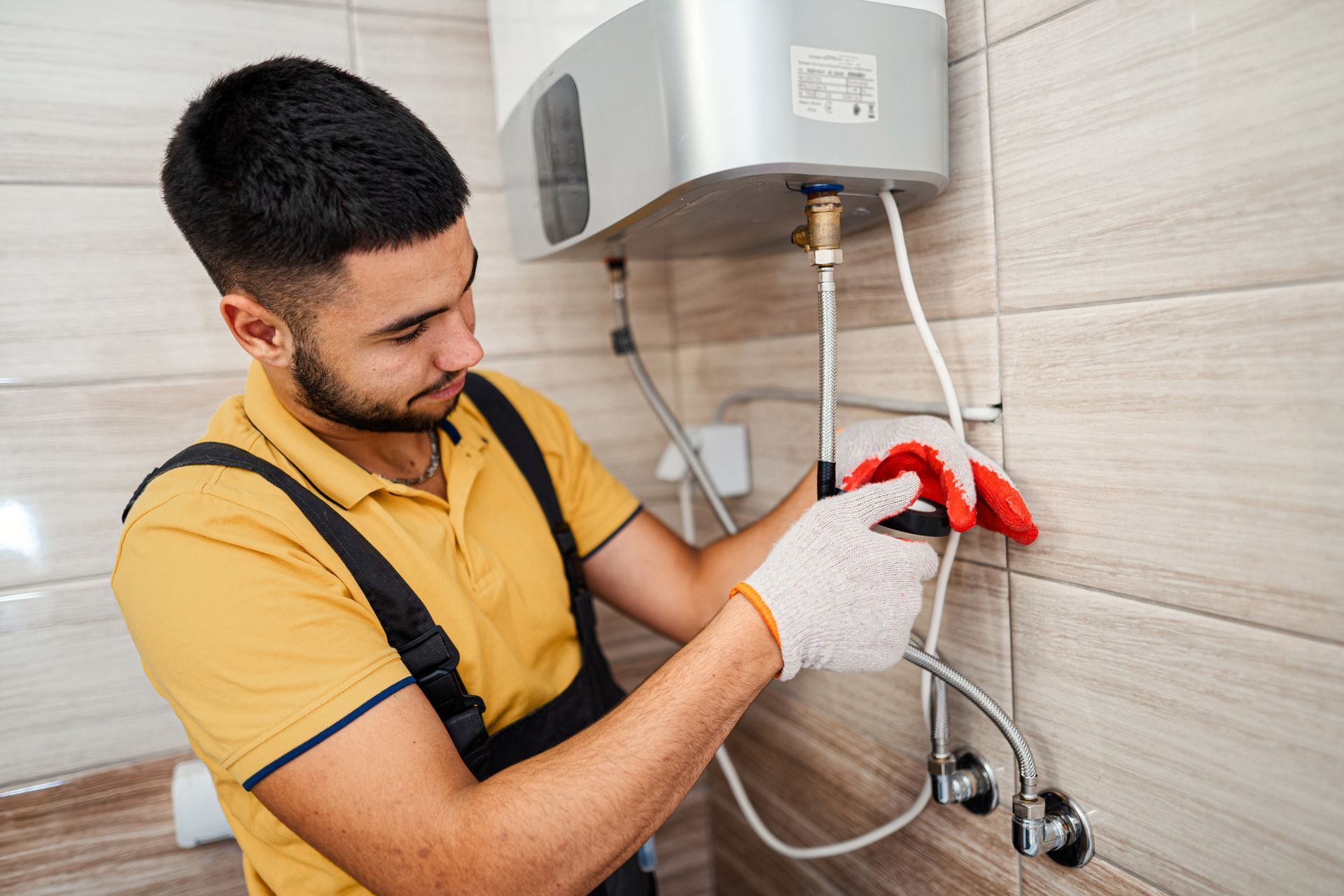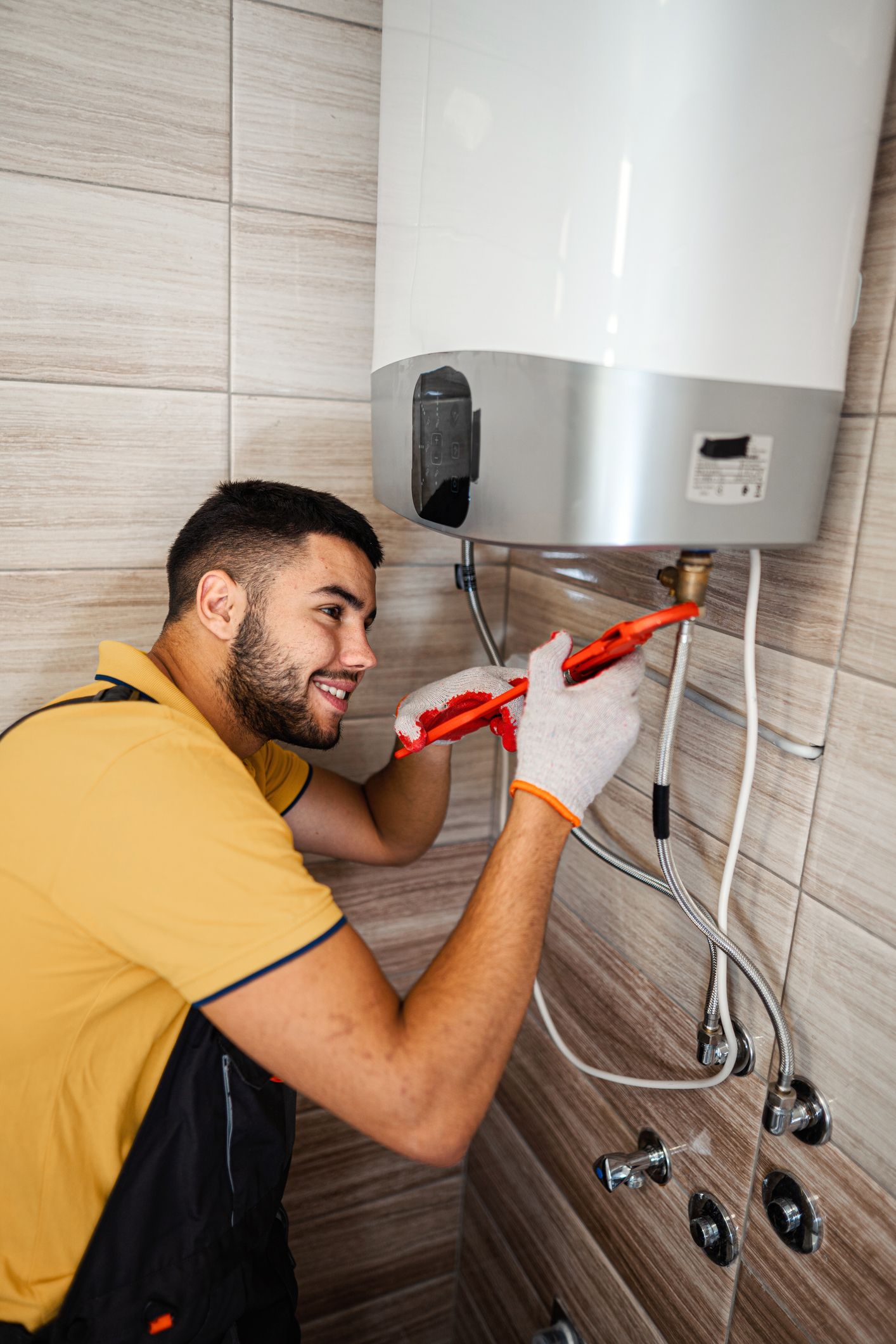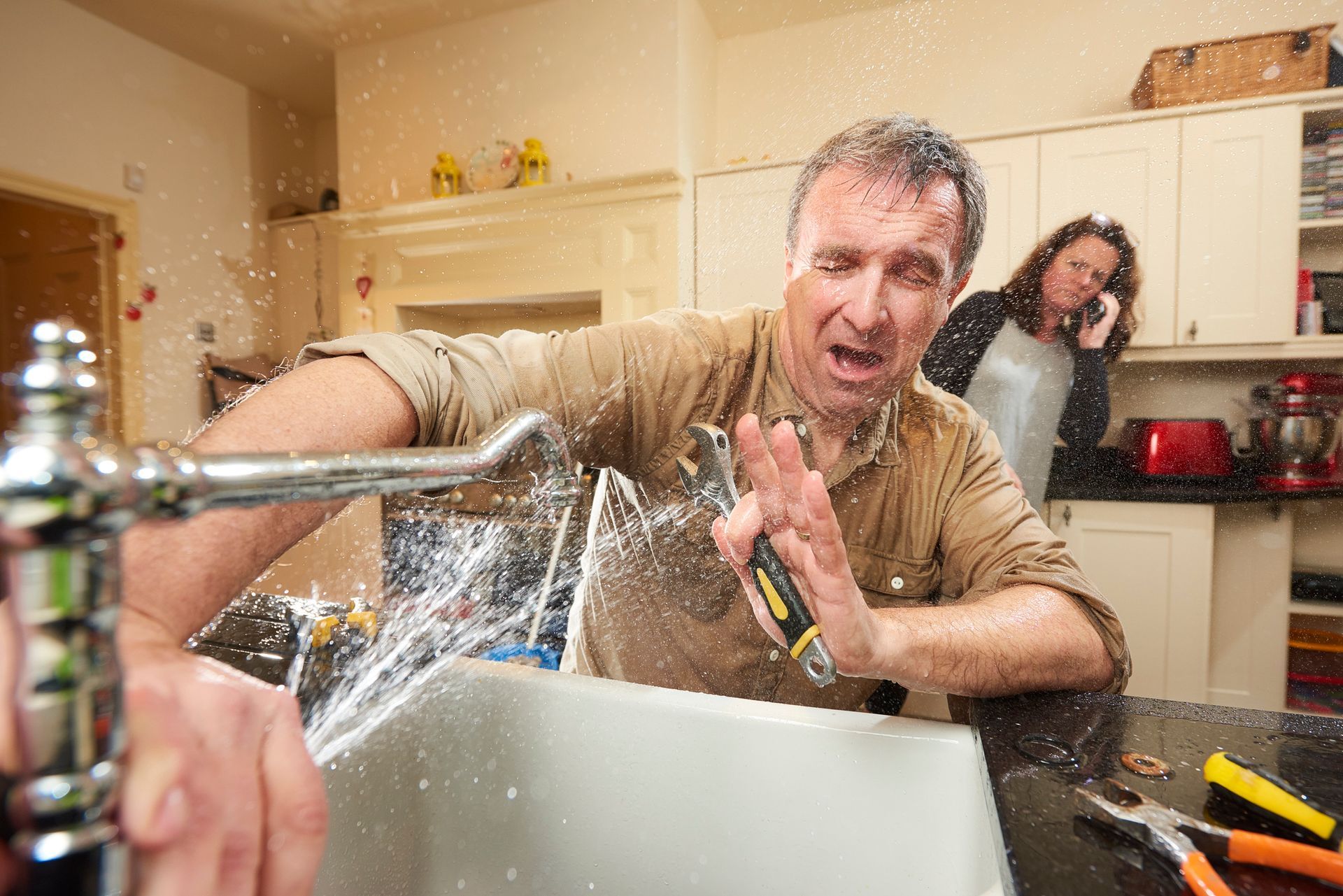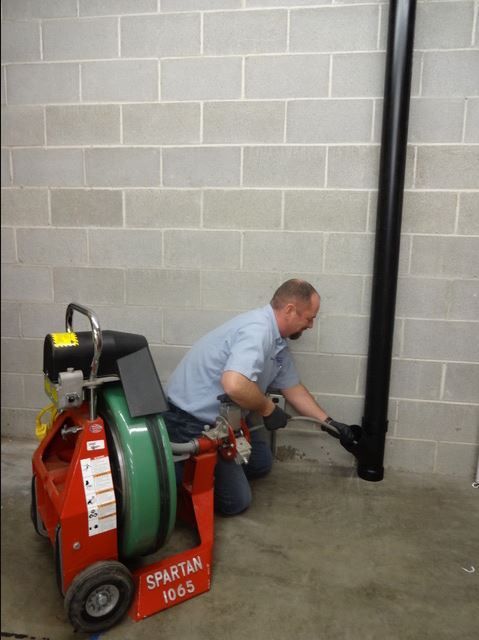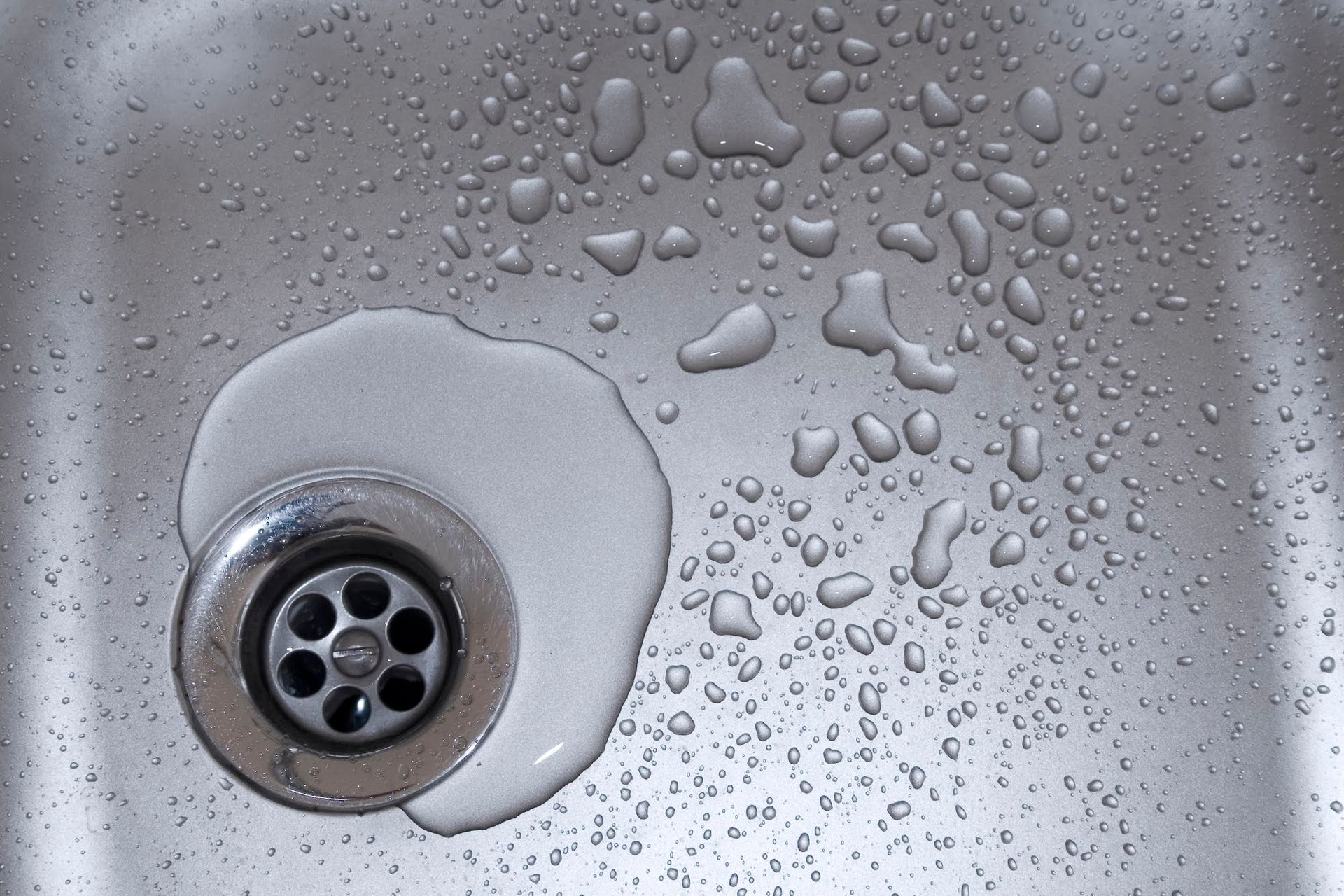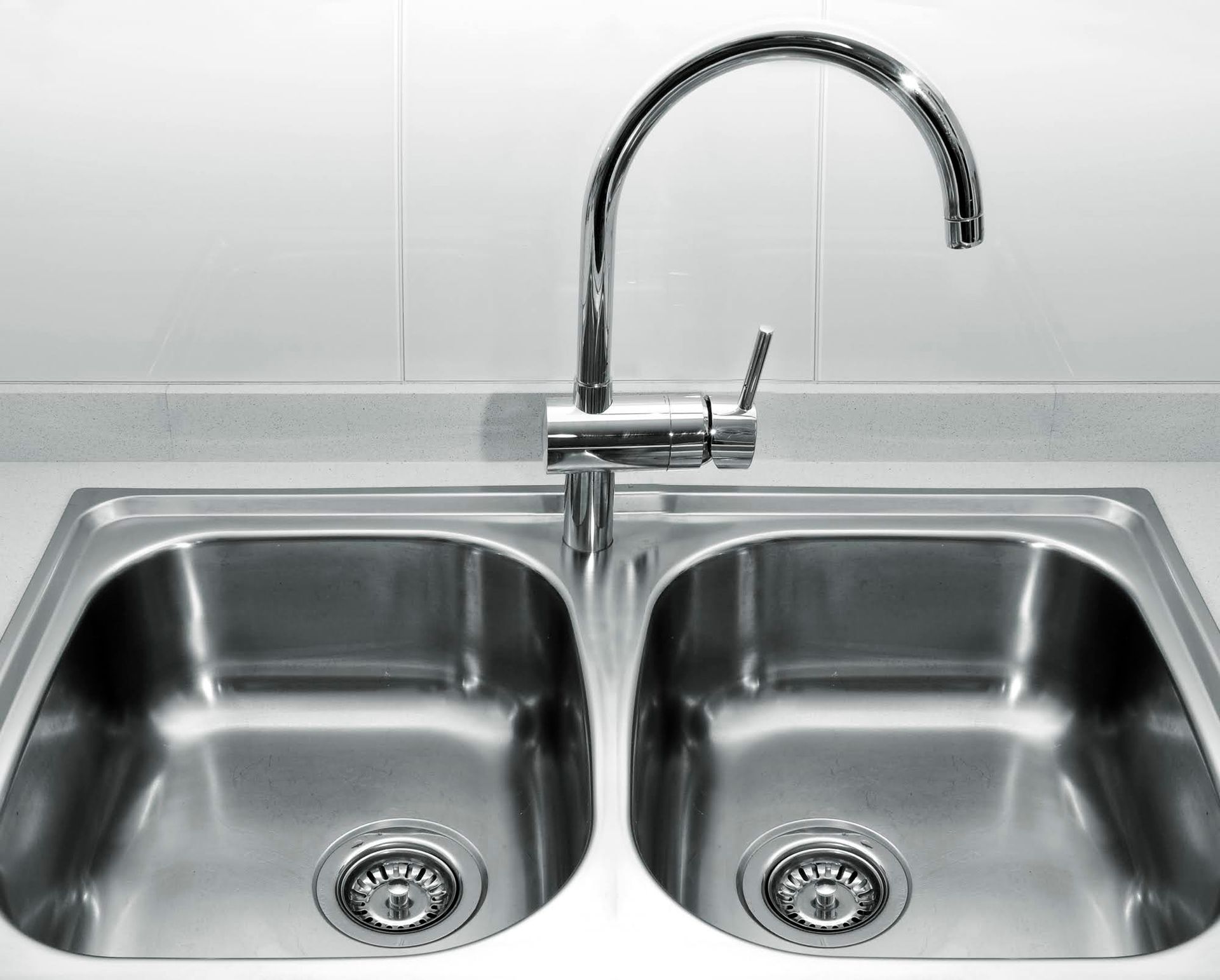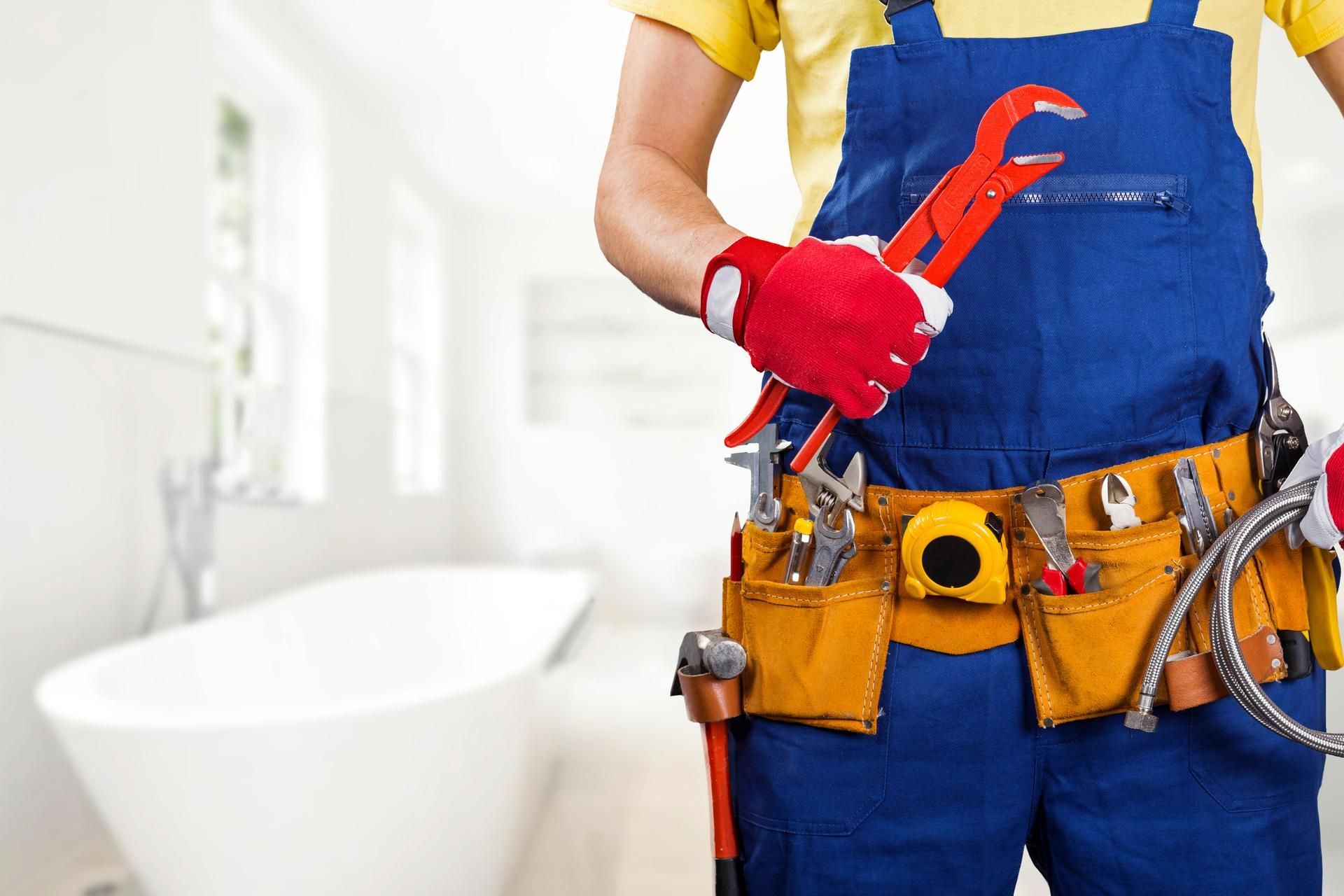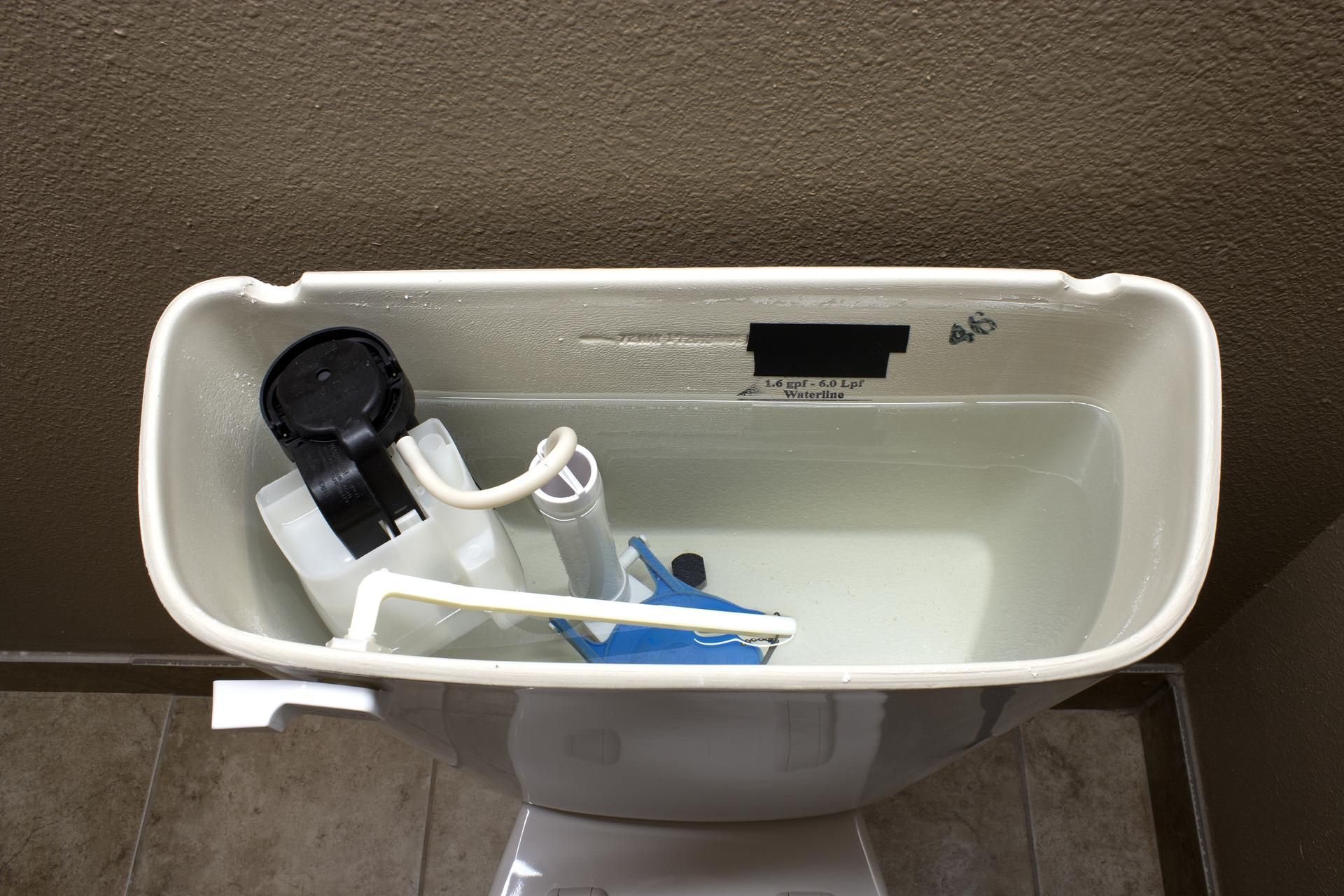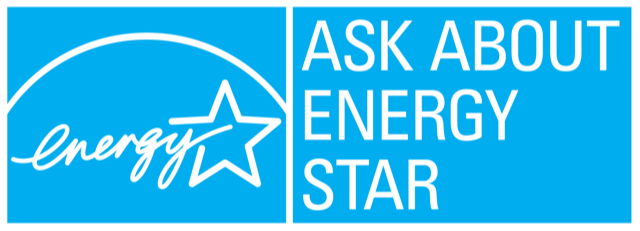Plumbing Pipe Relining: What You Need to Know

Every homeowner should learn about plumbing pipe relining, also called cured in-place pipelining (CIPP), and when it is a good option for home plumbing problems. While popular in other parts of the world for many more years, pipe relining only became a popular plumbing service in the United States within the past several decades.
However, since very few plumbers have the equipment and expertise to offer this service, some homeowners have still never heard of pipe relining, how it is performed, or its benefits. Read on to learn more about plumbing pipe relining and when this process is a good alternative to the complete replacement or repair of faulty plumbing pipes.
How Is Pipe Relining Performed?
Pipe relining techniques can vary slightly based on the pipe relining product used and the specific plumber performing the task. However, a typically pipe relining service starts with inspection of the pipe(s) being relined to ensure that they are in suitable condition for the relining; while relining can be used to fix small pipe problems, some pipes can be so damaged that pipe replacement is a better option than relining.
Just a few of the pipe problems that can make pipe relining difficult to impossible to perform include collapsed pipes, extreme limescale buildup that affects flow rate, and broken pipe fittings that must be replaced.
After an inspection, the interior surface of the pipe is cleaned out well to remove build-up and any other coatings that could interfere with pipe liner adherence to the interior pipe wall. Next, a cloth pipe liner material is cut to the exact dimensions of the pipe and saturated with a special epoxy resin.
Finally, special tools are used to insert the epoxy resin-saturated pipe liner into the pipe, and the resin is then allowed to cure, or harden, naturally over a several hour timespan or more quickly with the use of a special UV curing light.
The Advantages and Disadvantages of Pipe Relining
There are many advantages and disadvantages to choosing pipe relining over pipe replacement or even some types of pipe repairs.
Pipe relining advantages include:
- Limited yard disruption when repairing damaged pipes located underground.
- Typically less expensive than complete pipe replacement.
- Faster repairs in some instances.
Many pipe relining products also come with lengthy manufacturers' warranties. These warranties often range from 10 years to 50 years.
The disadvantages of pipe relining are as follows:
- Difficult to perform on pipes under 4-inches in diameter.
- Not the best option for severely damaged pipes.
- Use of inferior resins that shrink greatly during the curing process can lead to future pipe leaks.
Since few plumbers have the equipment and expertise needed to offer pipe relining services, people in some cities may also find it difficult to find a local plumber who performs pipe relines.
Problems that Pipe Relining Can Solve
While extremely corroded or damaged pipes may be better candidates for pipe replacement, pipe relining can help solve a wide array of plumbing problem stemming from faulty pipes.
Pipe relining is commonly used to repair pipes that have sprung one or more small leaks. When the pipe liner adheres to the pipe interior, it can seal small holes and cracks that were once sources of water or sewage leaks.
This service can also help protect sewer lines from intrusive tree roots. These roots can easily enter small cracks and holes in older sewer lines and the joints in some sewer line types to create clogs that quickly return after they are removed. When sewer lines are lined with epoxy resin liners, all holes and cracks where tree roots once entered are sealed and fewer joints remain where intrusive roots can re-enter.
In addition, if your sewer line is made from a porous material, such as clay or concrete, then a pipe liner will also seal the pores to further prevent root entry.
All homeowners should understand the benefits of residential plumbing system pipe relining and the benefits of this service when compared to pipe replacement or repair. Contact the plumbing experts at Aurora Plumbing & Electric for all of your pipe relining needs today.

